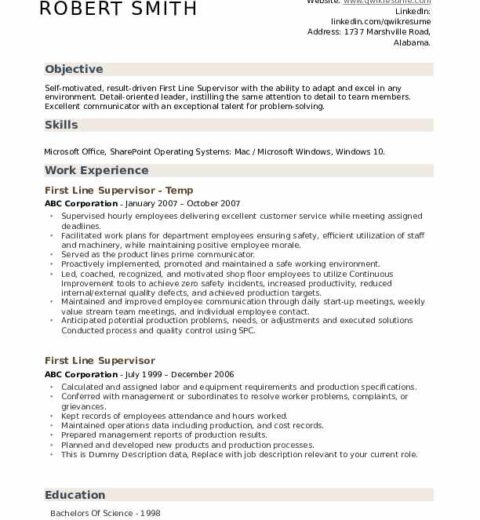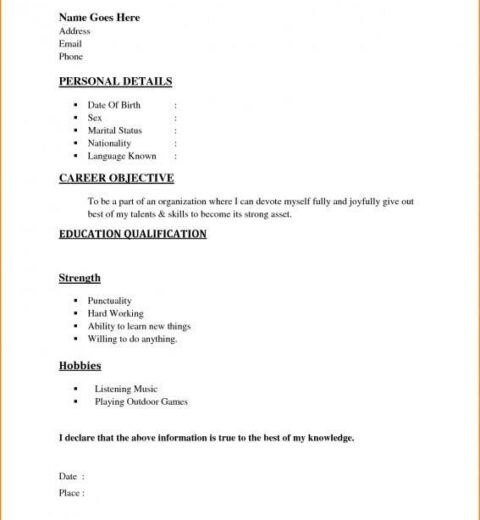In the realm of job hunting, the quandary of how many references to include on a resume often crops up, leaving candidates in a state of uncertainty. Conventional wisdom suggests that references are a mere afterthought, a necessary evil to be included at the end of a resume. However, adopting such a cavalier attitude can be a grave misstep. Understanding the intricate dynamics of reference selection may very well distinguish an acceptable application from one that shines.
Traditionally, the recommendation has been to provide three to five references, yet this number should be approached with caution and keen consideration for both the position sought and the potential employers’ preferences. Indeed, the quality of your references often supersedes the quantity. A thoughtfully curated list—comprised of individuals who can genuinely vouch for your capabilities—can exhibit your professionalism far more eloquently than merely padding your resume with names.
One must first contemplate the nature of the position being applied for. Different fields often have disparate expectations regarding references. For instance, academic roles may necessitate references who can attest to your scholarly prowess and contributions, while corporate jobs might benefit from professional contacts who can validate your skills and achievements in a business context. Thus, it is paramount to tailor your reference list to align with the specific demands of the role.
Moreover, a candidate’s professional trajectory may influence the type of references that should be included. An entry-level applicant might reasonably consider references from internships or academic mentors, while a seasoned professional should ideally present former supervisors or colleagues whose observations can illuminate their career efficacy and reliability. This distinction can often provide a more compelling narrative to prospective employers, highlighting growth and continuity in professional development.
However, beyond mere consideration of relevance and seniority, there lies an indispensable facet: the relationship one holds with potential references. Choosing individuals who can articulate your strengths, provide specific examples of your work ethic, and expound on your character is crucial. References who possess an intimate understanding of your capabilities will invariably produce more potent endorsements. Therefore, it’s wise to approach references with a strategy that reflects this philosophy.
Temperature-checking your references prior to submitting your application is another worthy practice. Engaging in a dialogue with them not only reaffirms their willingness to assist but also allows you to apprise them of the positions you are pursuing. Such transparency encourages your references to tailor their endorsements, recall pertinent anecdotes, and present you in the most favorable light possible.
As you assemble your reference list, format matters too. Organize your references in a manner that exudes professionalism. Typically, including the following elements can make your reference page both functional and visually appealing:
- Name of the reference
- Title or position
- Company or organization
- Contact information (including email and phone number)
- Relationship to the candidate (e.g., former manager, colleague, etc.)
This meticulous approach not only enhances readability but also reflects a certain level of professionalism. It signals to hiring managers that you understand the importance of references, taking the initiative to present them clearly.
Yet, the question remains: should references be included on the resume itself or provided as a separate document? The answer often pivots on specific circumstances. If the job listing explicitly requests references be included, it is prudent to follow those guidelines. Conversely, if no mention is made, it can be advantageous to withhold this information until requested. This tactic enables you to maintain the focus primarily on your experiences and accomplishments, allowing references to serve as a supplementary bolstering element.
However, do not gloss over the opportunity to utilize references throughout the interview process. Engaging your interviewers in a discussion about your references can showcase your connections and reflect your professional network. When the topic arises, you might mention how certain references came to know you or how they are familiar with your work in specific projects. Such anecdotes enrich the conversation and allow you to substantiate claims made on your resume.
Furthermore, understanding the nuances surrounding the phrase “references available upon request” is essential. While this remark can convey that you are indeed prepared with adequate references, in a modern application environment, its inclusion is often seen as redundant. The general expectation is that candidates will have references ready to present when the potential employer inquires. Hence, it can be more advantageous to focus on crafting a robust resume without that phrase.
In conclusion, the essence of selecting the right number of references for your resume lies in the deliberation behind your choices—not merely the tally. Emphasizing quality over quantity, adapting to contextual demands, and ensuring that your references are engaged and informed can enhance your candidacy radically. Strive to present a selection of references that not only complements your application but actually elevates it, promising that you are a candidate well worth considering. A perspicacious approach to references can ultimately serve as a distinguishing factor in the highly competitive job market of today.




